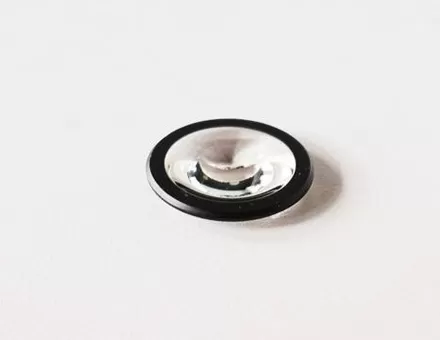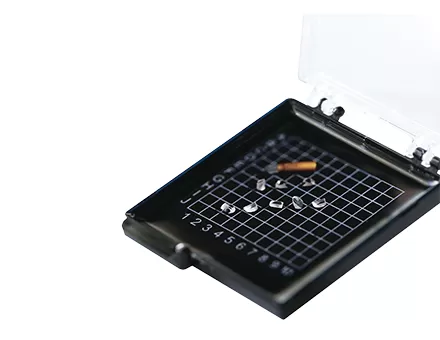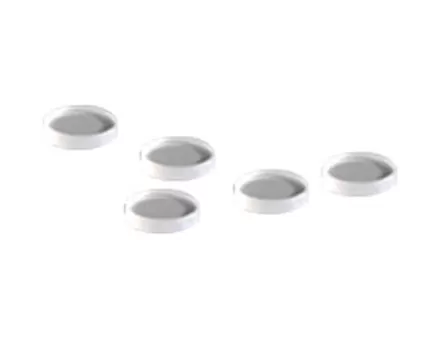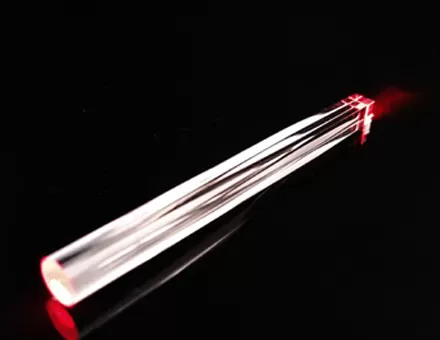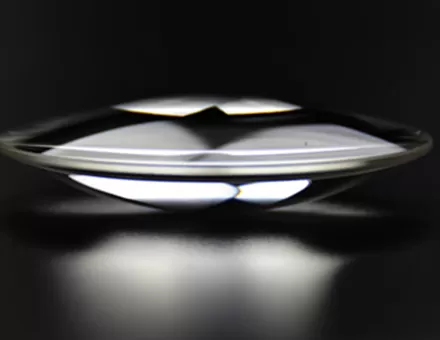1. Right angle prism is a kind of prism designed with the concept of 90°
Mainly used in various optical instruments and optical imaging fields, for bending image paths or 90° turning rays. Right-angle prisms can produce left-handed images that are flipped or turned, depending on the orientation of the prism. Combining two right-angle prisms can be used for image or beam shifting applications. These prisms are also known as image reflection or reflection prisms.
2. The working principle of right angle prism
In the state where the light of the plane mirror is vertically incident, the light returns from the original path; when the light is incident at an angle of α in the pitch or azimuth direction, the light is reflected at an angle of 2α. When the α angle is large or the distance between the reflector and the collimator is long, the reflected light cannot enter the objective lens of the collimator and cannot receive the reflected light; when only part of the reflected light can enter the objective lens, the reflected image will become darker. To solve this problem, it is necessary to increase the clear aperture of the collimating instrument, and increasing the aperture means that the cost will increase, the volume and weight of the instrument will increase, and it is inconvenient to use.
A right angle prism is used as a reflector. When the light is incident vertically, when the light returns in parallel, the θ angle is 45°. When the light is incident at the α angle, in the parallel light path, the incident angle to the normal to the reflective surface 1 is θ. +α, the light hits the reflective surface 2 at an angle of θ+α, the incident angle to the normal to the reflective surface 2 is θ-α, and the light exits at an angle of θ-α, so the exit angle is also the α angle, that is, the incident light and the incident light are The light is still parallel.
When there is a large incident angle α and the α angle changes, the outgoing light is still parallel to the incident light, and the reflected image can be obtained, and the reflected image is stationary in the elevation direction. Therefore, the right-angle prism is a one-way sensitive reflector. Using the right-angle prism as a reflector has the characteristics of one-way sensitivity, but its manufacturing requirements and installation requirements are very high. In addition, when manufacturing right-angle prisms, the error of 90° ridge angle will cause bidirectional pitch direction, and the flatness error of two reflecting surfaces, especially the bending of longer right-angle prisms, will cause azimuth errors when different parts of the prism are used.
When installing a right-angle prism, ensure the ridge level of the right-angle prism, otherwise it will cause azimuth errors when aiming obliquely.


















 EN
EN
